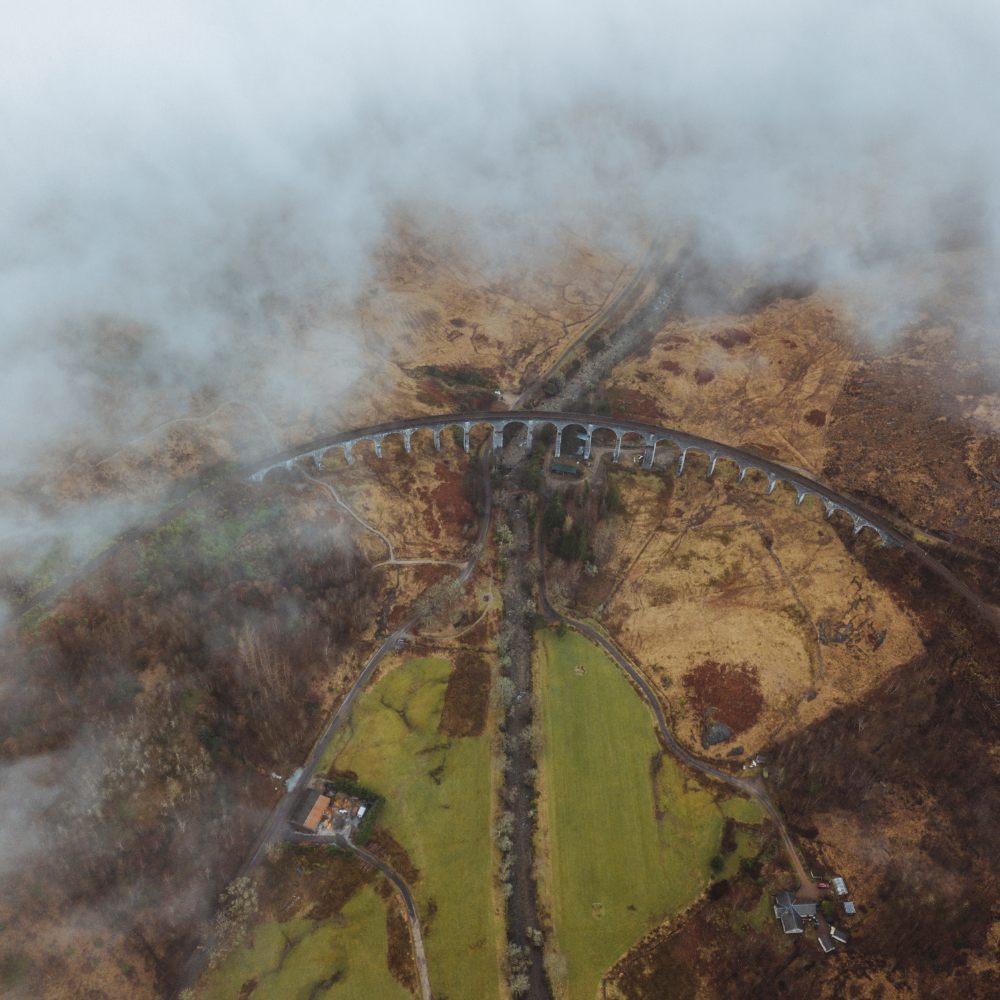
In recent weeks, Thommamoon Khowasat has patiently explained to his four-year-old daughter that the yellow cloud outside their window, which has captured her fascination, is a threat to her health. A panic has gripped northern Thailand, where millions of people are experiencing difficulty breathing.
Massive farm burning and forest fires have created a considerably thicker haze than usual, suffocating populations and exposing them to respiratory ailments.
People in the tourist-friendly province of Chiang Rai and even the capital city of Bangkok have been anxiously checking the air quality every day. Thommamoon, who has lived in Chiang Rai for 20 years and has never witnessed haze of this density, said he feels terrible for his daughter. "As a child, she is unaware. She believes it to be natural fog. Nevertheless, the truth is a poisoned haze."
The girl is under tight orders to remain indoors, yet even with the air purifier running, the air quality is impaired. Dr. Veera Isarathanan from Mae Chan Hospital in Chiang Rai, concerns neonates exposed to air pollution.
The air in the nursery can be harmful, even with a purifier machine, because infants cannot wear face masks. "It is sad that newborn children are being exposed to this pollution. Their lungs are barely beginning to function," Dr Isarathanan added. During Thailand's dry season, which normally runs from November to March, seasonal burning by farmers clearing sugarcane and rice fields is the primary cause of air pollution.
This year, however, the haze has been exceptionally severe. On March 10, Thai health officials reported that more than 1.3 million persons had been diagnosed with air pollution-related illnesses in the first nine weeks of the year. In the first week of March, when the haze began to increase, about 200,000 cases of this illness were documented.
The haze has become so dense in Chiang Rai that it obscures the city's famous mountains and turns the normally lush, green flora gray. Drone footage of the city's parks and streets reveals that the structures have been reduced to smoky silhouettes. These particles are tiny enough to penetrate the lungs and bloodstreams when inhaled. PM 2.5 dust exposure can result in eye and skin irritation, as well as coughing and chest discomfort.
Those with preexisting heart or lung issues may see a worsening of these symptoms. This week, fire engines were dispatched to Chiang Rai to rid the air of dust using water jets. Yet, this is simply a temporary remedy. Officials have warned that the gloomy situation would linger for the next few days, as little winds are predicted to disperse the dust.
On Monday, over 200 individuals in the Chiang Rai district of Mae Sai demonstrated in front of a local government office, demanding that action be taken. Protesters suggested that Thailand should engage with Myanmar and other neighboring nations whose agricultural burning contributed to the haze.
According to satellite data, numerous fire hotspots were identified in Myanmar, followed by Laos. Cambodian and Vietnamese fires were also reported. Yet, the majority of pollution still originates from nearby sources.
Prime Minister Prayuth Chan-ocha has instructed legislators to pursue forest fire arsonists, and there exist laws against agricultural burning. Yet, the majority of these prohibitions are disregarded. For farmers, burning their plot is typically the simplest and least expensive way to remove land.



